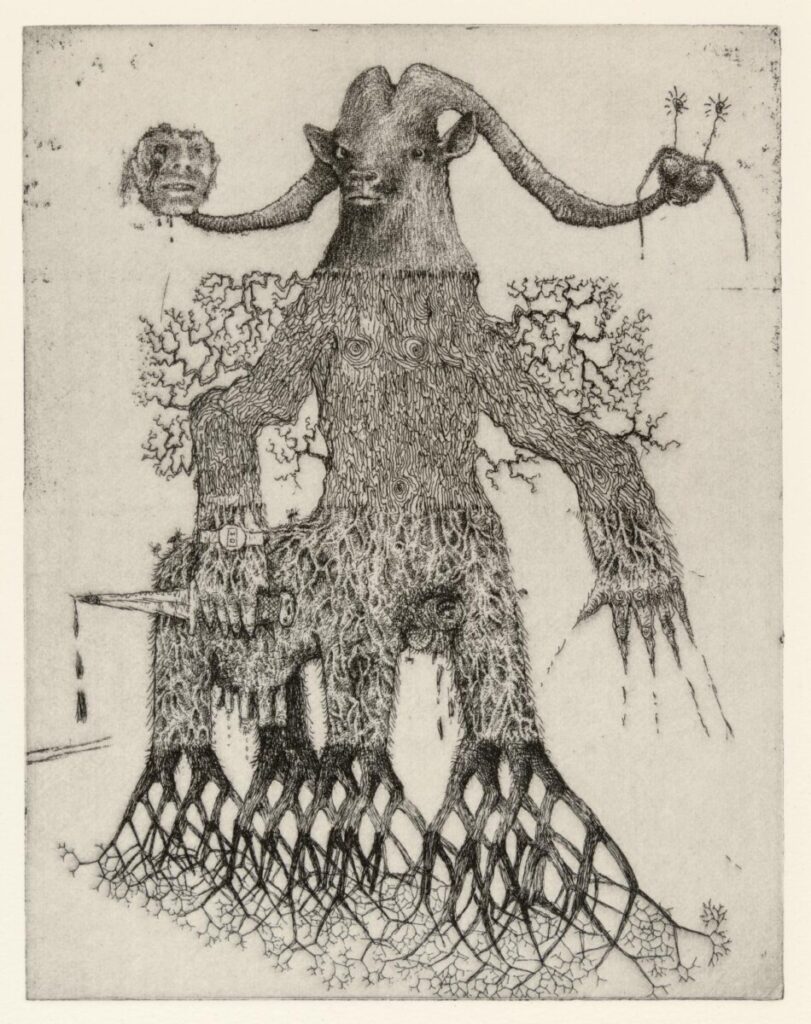
How to be “Team Human” in the digital future | Douglas Rushkoff
SOCIAL MEDIA AND THE PERILS OF LOOKING FOR ‘LIKES’ Douglas Rushkoff Blog
https://rushkoff.com/social-media-and-the-perils-of-looking-for-likes/
Homework:
Please complete reading the following article and write reading response (.5 -1 page)
Behavioral Design Makes It Easy to Do ‘the Right Thing’
Rooted in human psychology, this design framework can motivate users to change their habits.
Jeff Link
please watch the Social Dilemma and write a review (1 Page)
The Social Dilemma | Full Feature | Netflix –
We tweet, we like, and we share— but what are the consequences of our growing dependence on social media? As digital platforms increasingly become a lifeline to stay connected, Silicon Valley insiders reveal how social media is reprogramming civilization by exposing what’s hiding on the other side of your screen. It is available on youtube:
https://www.youtube.com/watch?v=7mqR_e2seeM
AND please complete A and B
PRODUCTION:
App Development
Preparation:
A) Think of a social problem (psychological, physical, economic) created by a social media site or a web service. Describe it and discuss how it contributes to this issue. (.5 page)
B) Follow the OUTLINE POINTS below and write a Draft for your PROPOSAL (1 page)
1. Propose an App that will help with an aspect of the issue that was identified.
2. Decide the FEATURES of your app.
3. Identify TARGET USERS.
5. Determine the platforms (iOS and/or Android) Note: Make it up, but give a reasonable explanation.
C) Sketch the WIREFRAME for your Mobile App in your sketchbook AND create wireframe using Miro or Illustrator
Critical Response Process
Developed by Liz Lerman this is the process we will be using to offer feedback.
Step 1. Statements of Meaning
Responders state what was meaningful, evocative, interesting, exciting, and/or striking in the work they have just witnessed.
Step 2. Artist as Questioner
The artist asks questions about the work. In answering, responders stay on topic with the question and may express opinions in direct response to the artist’s questions.
Step 3. Neutral Questions
Responders ask neutral questions about the work, and the artist responds. Questions are neutral when they do not have an opinion couched in them.
This step is one of the most fundamental, challenging, and misunderstood steps of Critical Response Process.
Step 4. Opinion Time
Responders state opinions, given permission from the artist; the artist has the option to say no.





